
— Bridie Schmidt
Queensland is one of those places that begs to be explored by car. The sheer scale of the state means you can travel from the turquoise water of the Whitsundays to the ochre dust of the Channel Country without crossing a border. Every few hours of driving can bring a completely different backdrop — lush rainforest, rugged escarpments, sugarcane plains, or desert horizons.
For travellers with time, a Queensland road trip is about more than ticking off sights. It is about tracing the curve of the coastline, cutting inland through old stock routes, and stumbling upon towns that do not feature in the glossy brochures. Planning is key, though, as distances are vast and services thin out quickly once you leave the bigger centres, and dusty plains can transform into wide flooded basins depending on recent weather.
Hands down the hardest part of planning a trip to Queensland is where to go. At first glance, Queensland seems to offer two distinct personalities: tropical beaches or the vast outback. In fact, travellers can choose to visit an amazing array of places; so many it’s almost impossible to encapsulate in a few paragraphs.
To wit: there's the lively nightlife of “Tinsel Town” (aka the Gold Coast) and “Brisvegas” (aka Brisbane) in the south, then there's laid back coastal towns like Noosa or Hervey Bay on the Sunshine Coast.

There’s the dry tropics of Townsville and Magnetic Island to the lush wet tropical forests and beaches of Far North Queensland and of course, the Whitsundays and the UNESCO-listed Great Barrier Reef.
And that’s all just on the coast.
Heading inland west of the Dividing Range in the south takes you through the waterfall-infested hinterland of Lamington and Springbrook National Parks (to name a few), and on into the Darling Downs, where it is not unknown to snow (albeit rarely.)

Turn right and head north through the arid outback: there are destinations like Birdsville in the southwestern corner, Longreach (where QANTAS was founded) and Winton, known for the clawprints of long-gone dinosaur inhabitants.
Go even further north and you'll encounter the Gulf Savannah, which stretches westward across to the Gulf of Carpentaria: dry for much of the year, the region blooms into life in the wet season and includes geological masterpieces in the form of gorges, lava tubes and hot springs.
Then, up at the northern tip of Australia past Cairns, there’s the impenetrable Cape York, known for its dense rainforests, remote beaches and challenging roads.
Don’t forget the friendly locals. Queenslanders are some of the warmest and most welcoming people you’ll meet in Australia.
With so much to choose from, you’d be forgiven for settling for a jaunt to Tinsel Town. Finding it hard to decide? Plan a loop through all of these fascinating landscapes, browsing Open Road’s Queensland road trips for inspiration.
Jot down the places you have always wanted to visit, or start saving locations to a custom Google Maps list. It could be Bundaberg for its rum, ginger beer and a spot of turtle spotting, Cairns to go diving on the Great Barrier Reef (or just to hang about on a palm tree), or North West Queensland for remote gorges and dinosaur trails. Having a list will help you plot a realistic and memorable route.

The NRMA Trip Planner makes it easier to map Queensland driving holidays, find Member discounts, things to do, and accommodation or camping spots along the way. You can also add in stops like Queensland camping sites or scenic detours to hidden beaches.
Winter is high season in many parts of Queensland, particularly in the tropics and the outback. From June to August, towns like Longreach and Winton can be booked out weeks in advance. In summer, coastal areas around the Gold Coast and Sunshine Coast fill quickly over the school holidays.

Like in many remote regions in Australia, travelling across Queensland requires good planning to ensure a safe trip. For example. in the wet season, some far-north roads can be cut off for days.
Before you set off, check roads, weather warnings and local events that could affect travel times. Queensland Traffic can help you navigate road closures and adverse driving conditions, and Tim Pomroy’s guide to driving in the outback is a good launch pad for preparations too.
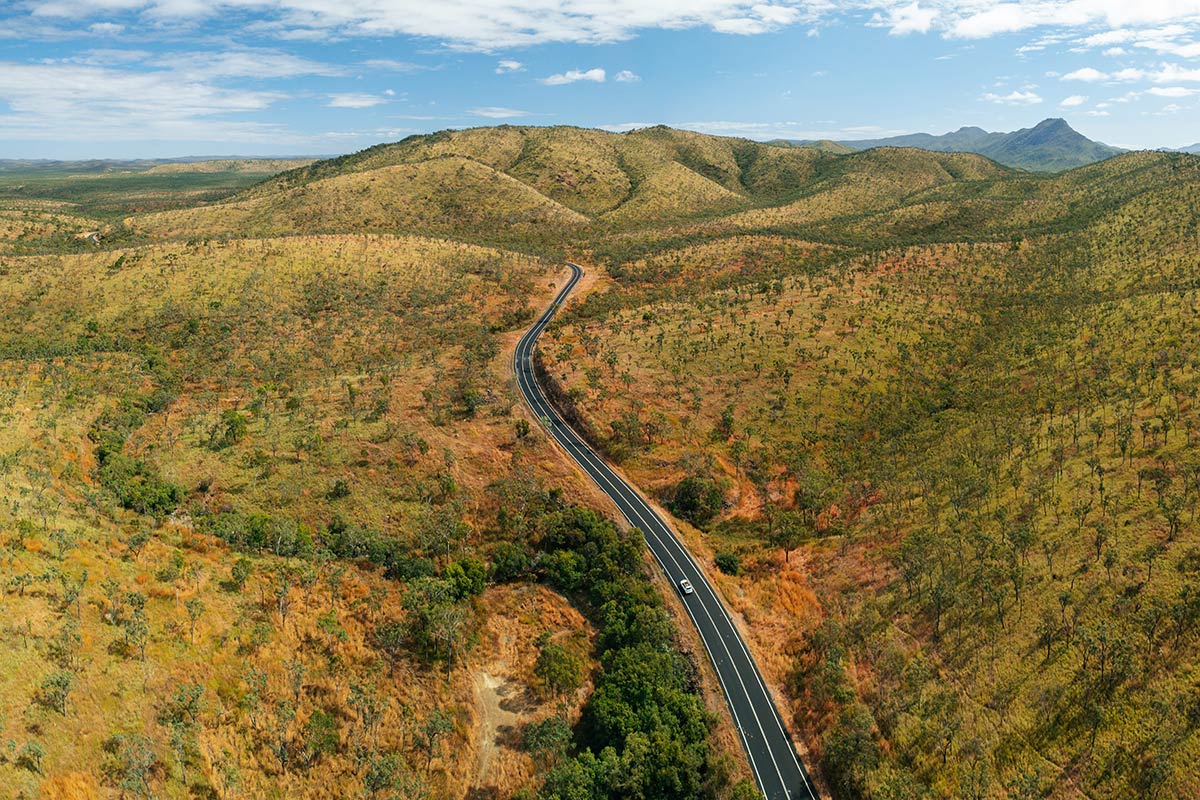

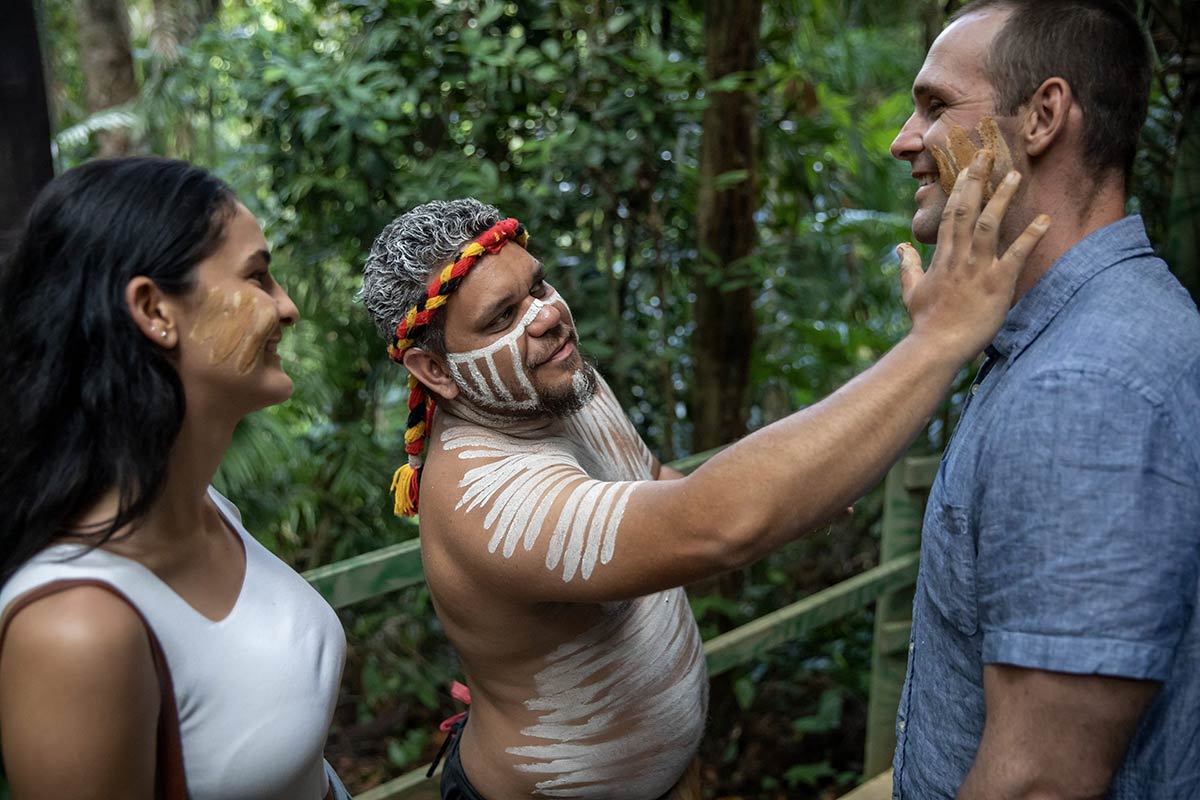
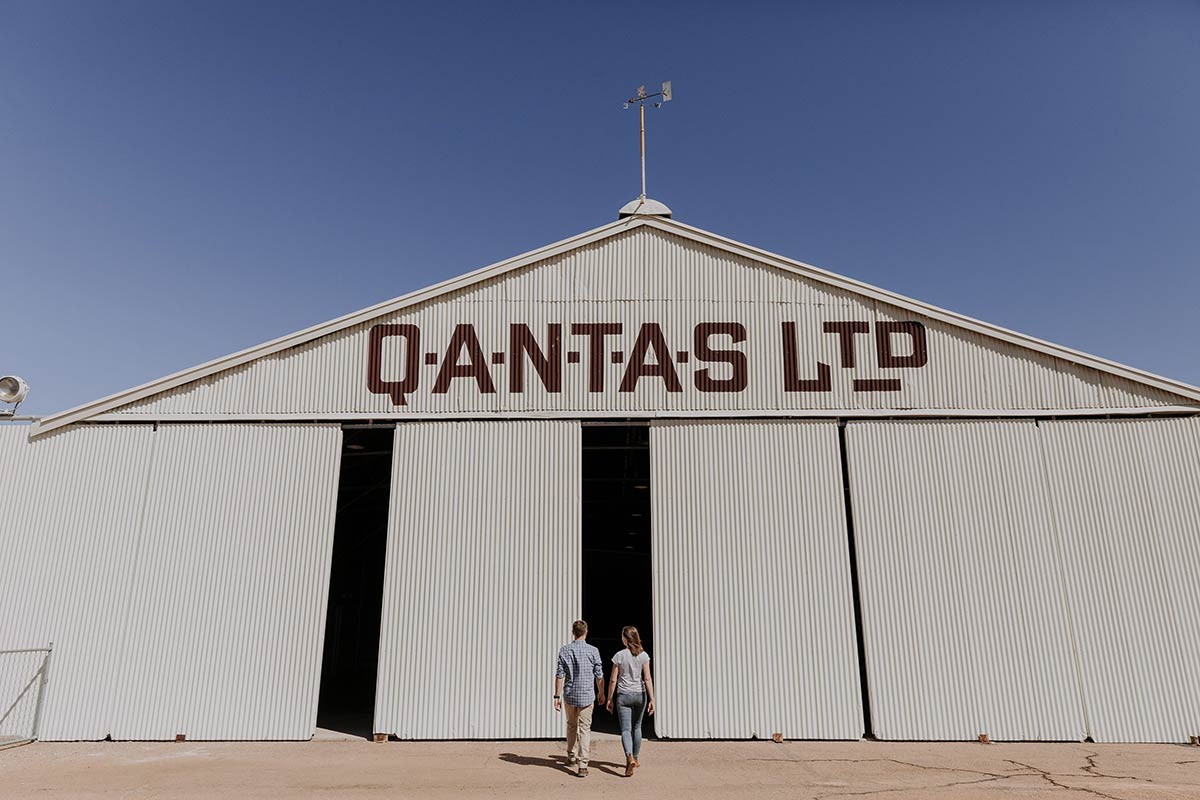
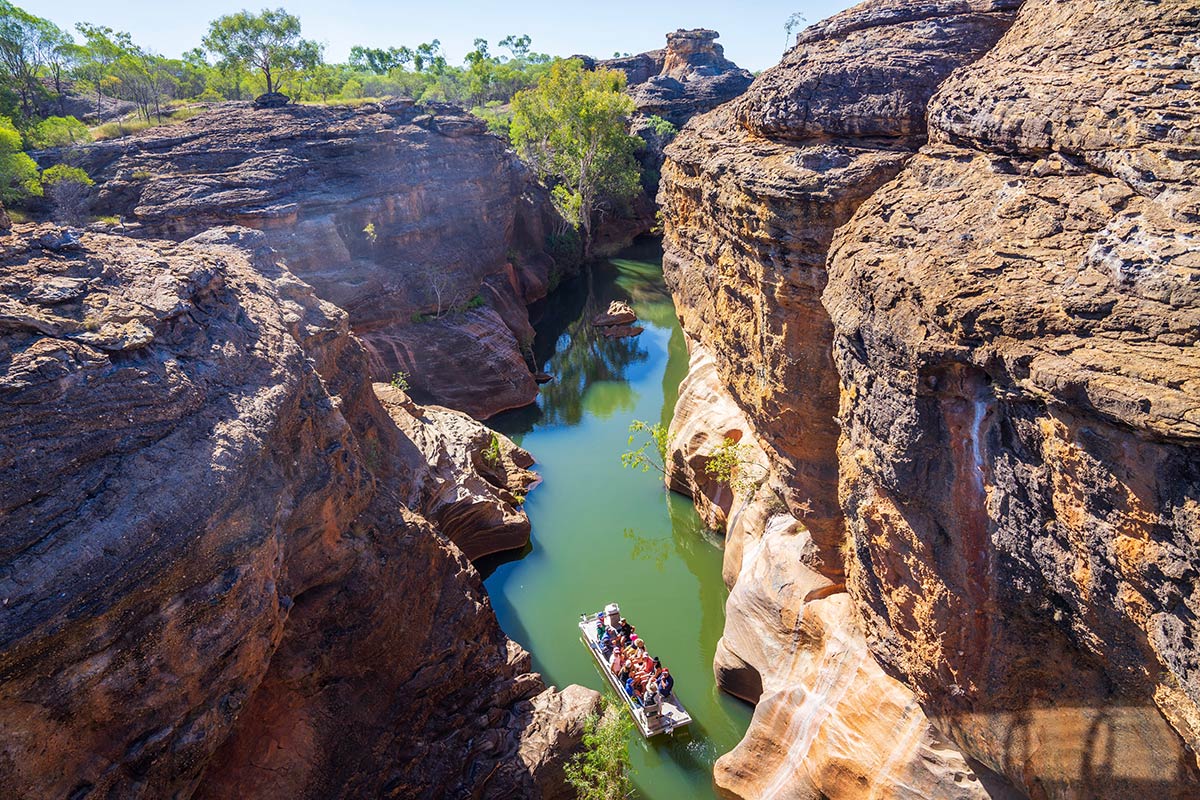
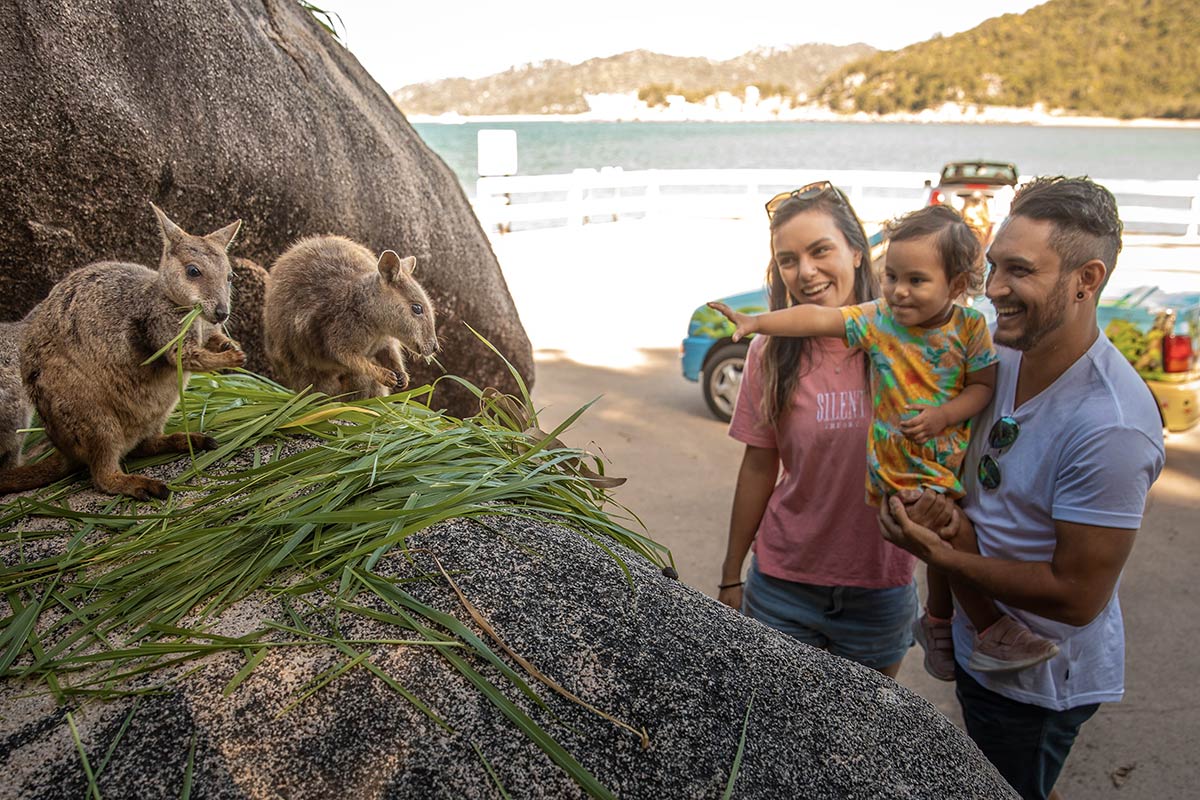
Queensland’s size means the “best” time to visit depends on which part of the state you are exploring. The climate shifts dramatically from the tropical far north to the subtropical south-east and the arid outback, so timing your trip can make a big difference to what you see and how comfortable you are behind the wheel.
For most travellers, May to September is the sweet spot. These cooler, drier months are ideal for road trips in the tropics and the outback, where summer heat and storms can make travel uncomfortable or even unsafe. In the north, the warm winter days make a perfect getaway for southerners, without the heavy humidity that can set in from November onwards. The roads are generally in better condition too, as the wet season’s flooding risk has eased.
In the outback, winter also means clear skies and crisp evenings that make camping a pleasure on an outback Queensland holiday. Popular events like the Birdsville Races and outback festivals are held in this window, so it is worth booking accommodation or campsites well in advance if you plan to attend.

Spring (September to November) is another strong choice, particularly along the coast. Water temperatures start to climb, and wildflowers bloom across inland regions. In the far north, however, this period marks the start of the build-up to the wet, with hotter, more humid days and occasional storms.
Summer (December to February) delivers warm ocean temperatures in the south-east, but in the tropics it is cyclone season. Heavy rains can cause road closures, especially in Cape York and Gulf Country. If you are travelling in these months, keep your itinerary flexible and check weather updates daily.
Autumn (March to May) is a transition period that can work well for the southern coast and islands, with fewer crowds and mild days. In the north, it can still be humid and wet early in the season, but waterfalls and rainforests are at their most lush.
If your goal is to experience the full spectrum of Queensland on a self-drive holiday, winter into early spring offers the safest bet for stable weather across most regions.

Whether you’ve got just a few days or a couple of months up your sleeve, Queensland has plenty of choices for your next adventure.
For a deeper dive into seasonal ideas, check out the best Queensland winter road trips.


Outback Queensland demands respect. Distances are long, fuel stops and EV charging can be hundreds of kilometres apart, and conditions can change fast. Before you set out, read up on how to prepare for an outback trip — it covers essentials like spare tyres, water, and knowing your route.
If you are caravanning, make sure your set-up is road-ready. Caravan essentials include levelling ramps, wheel chocks, and a basic tool kit. Let someone know your travel plans, carry a satellite phone in very remote areas, and always check road conditions before you roll out.
Travelling in the outback is rewarding: you will find landscapes that feel unchanged for centuries, but it is not the place to wing it. Good preparation is part of the adventure.

Queensland’s scale means you will probably never see it all in one season, but that is half the joy. Plan well, give yourself time, and let the road take you somewhere unexpected.